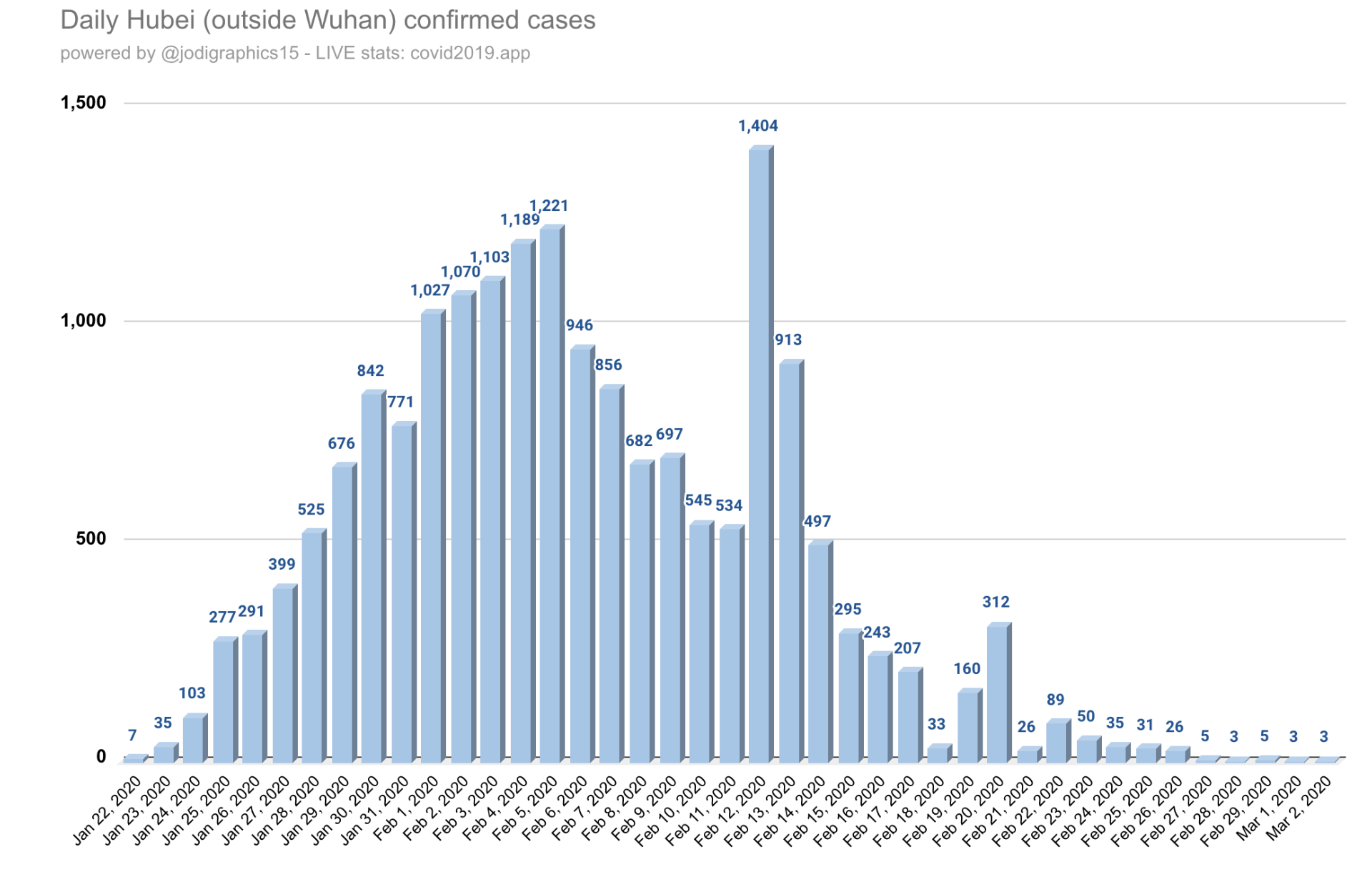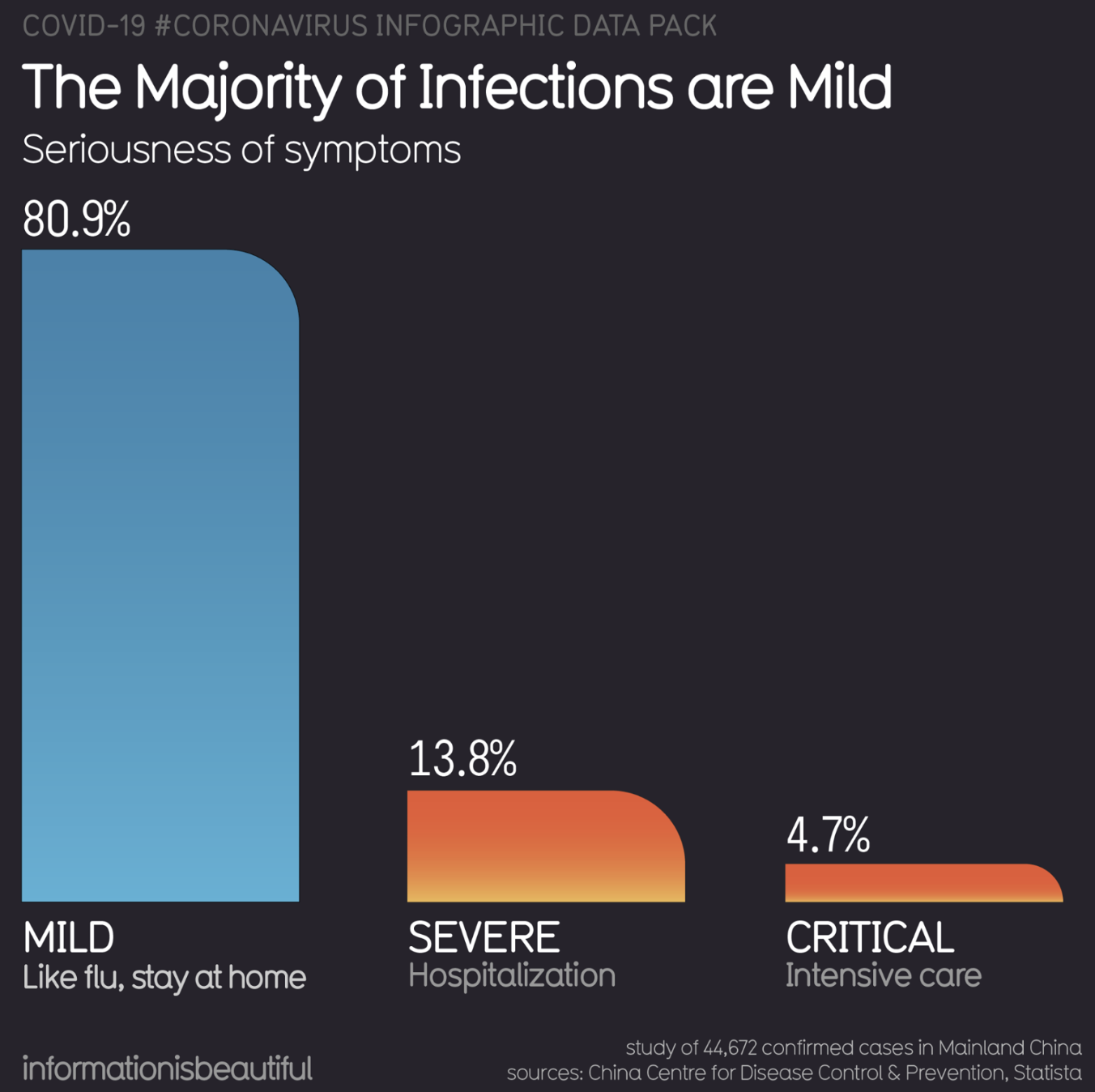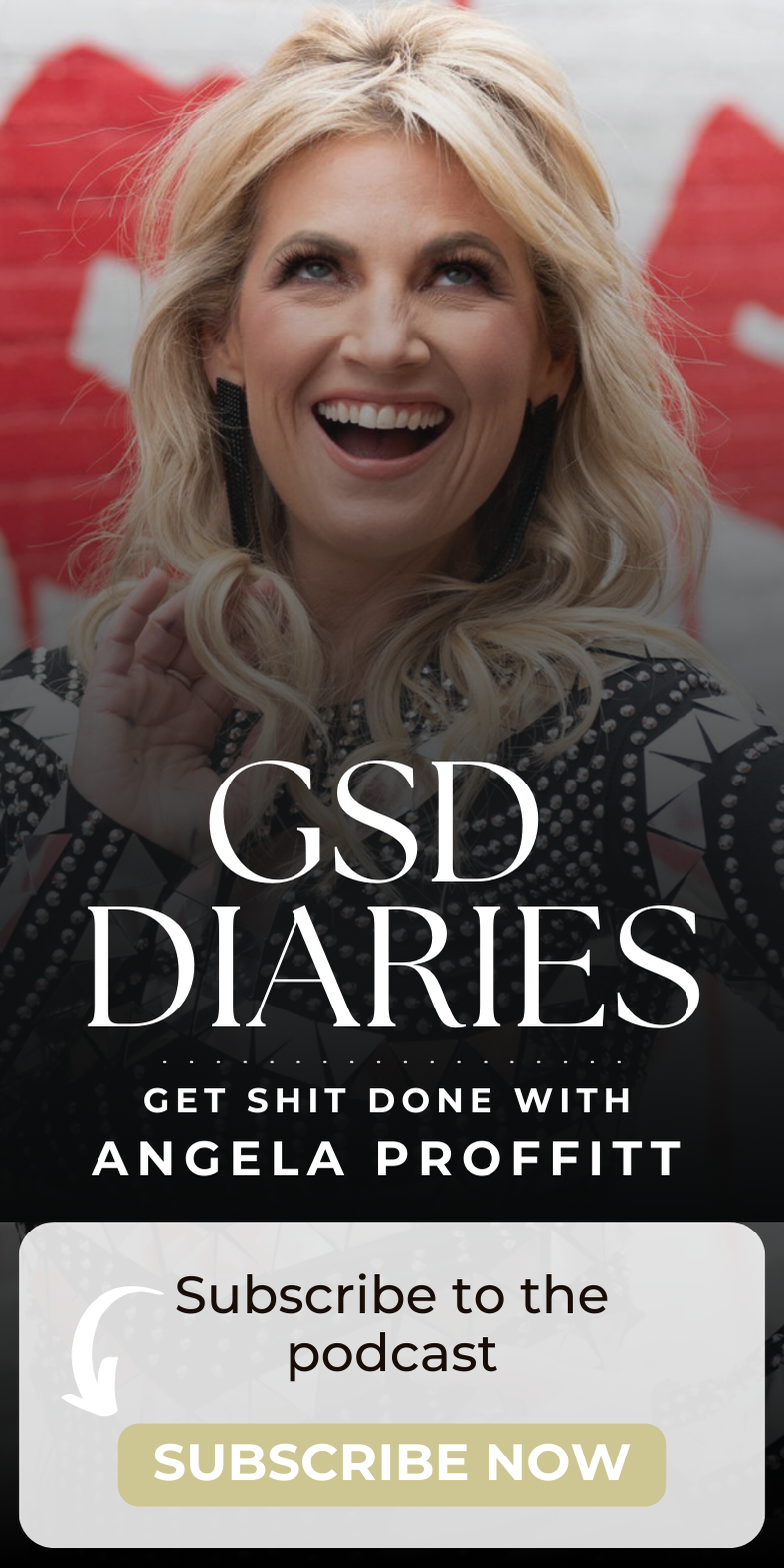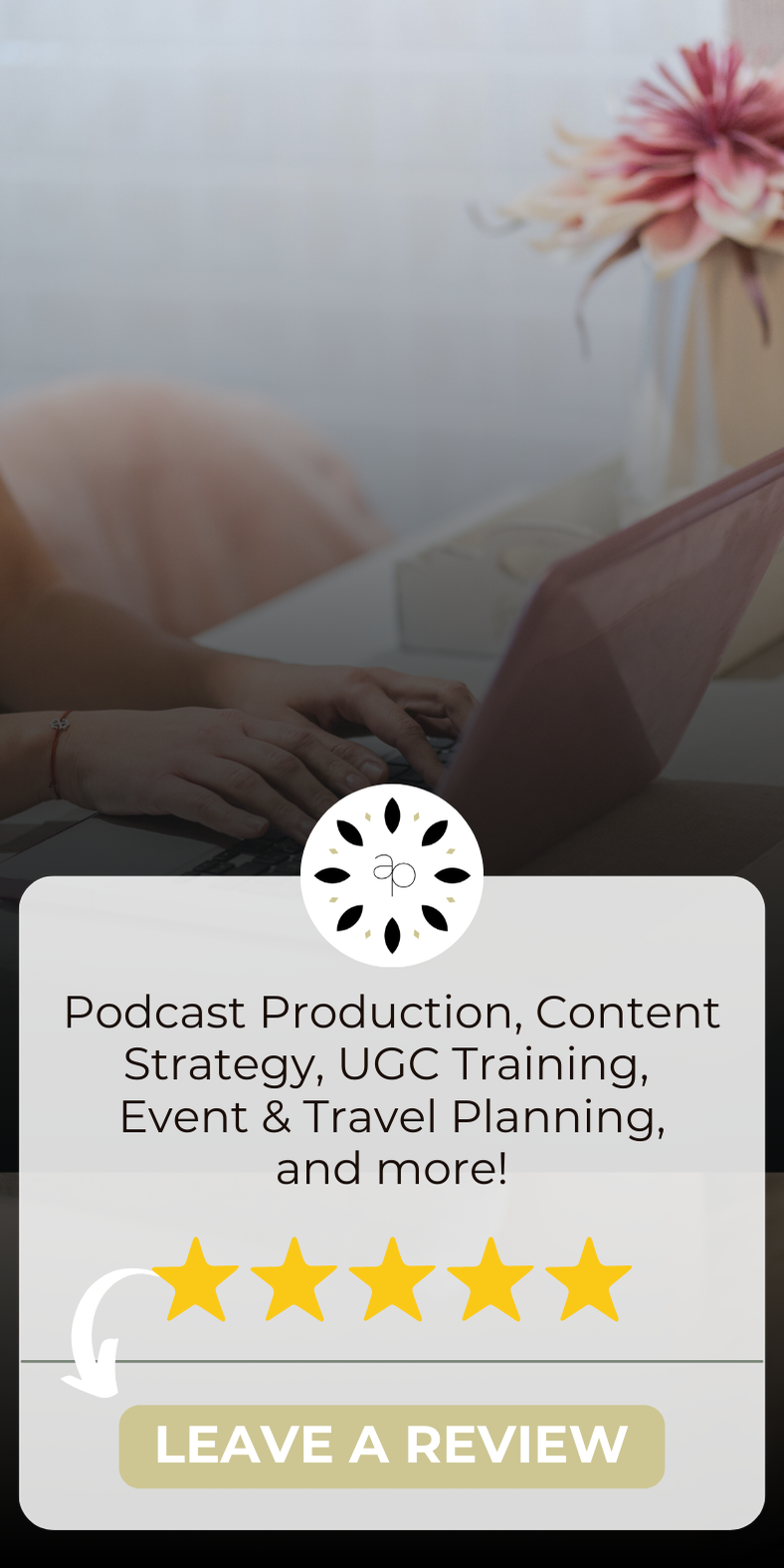Ok, GSD Leaders…more info on this CRAZY COVID-19. This is an awesome video on REAL talk on how to avoid getting infected by the Coronavirus. GEEEEZZZ; what is REAL and what is fake, made up bullshit?! I hope this helps clarify some of your concerns. I am not someone that watches the news on TV, or even reads the news for that matter; however, this is SO bad for our economy and business, so take the time to educate yourself. Information is power when it comes to deadly pandemics like this one. Peak Prosperity has provided updates and good information and you can listen HERE:

Some of the myths are just crazy and he shares all types of information from around the world; like what is REALLY going on here in the US. There is SO much bad info going around out there.
If the information in this video was helpful, here are a few more from the same company that I have found very telling and very helpful. I appreciate the bluntness!
Managing The Crisis
The Stock Market during the Pandemic
Declaring a “Pandemic”
Here is another helpful article:
Seven key actions business can take to mitigate the effects of COVID-19
In the face of a global crisis, well-prepared businesses can help protect their workers and their bottom lines.
Business leaders are concerned, and rightly so, for the welfare of their people and their organizations. No crisis is an isolated, neatly contained incident, and the COVID-19 outbreak is exceptional by any standards. It comes with extreme scope and levels of uncertainty. It’s a situation that is well beyond the experience of most business leaders — the median tenure of a CEO is five years, and the last epidemic that approached anything near this scale was the SARS outbreak in 2003. SARS infected more than 8,000 people and lasted nine months. In much less time than that, COVID-19 has already infected more than ten times as many people, and is spreading fast.
Here are the 7 ways to help:
-Review workforce locations and travel
-Revisit your crisis and continuity plans
-Evaluate the supply chain
-Identify potential points of failure
-Get communication right
-Use scenario analysis
-Don’t lose sight of other risks
For more info on this article click HERE
Check out this graph supplied by Beford Lab
This graph suggests that this is controllable. We're at a critical junction right now, but we can still mitigate this substantially.
Some ways to implement non-pharmaceutical interventions include:
- Practicing social distancing, such as limiting attendance at events with large groups of people
- Working from home, if your job and employer allows it
- Staying home if you are feeling ill
- Take your temperature daily, if you develop a fever, self-isolate and call your doctor
- Implementing good hand washing practices – it is extremely important to wash hands regularly
- Covering coughs and sneezes in your elbow or tissue
- Avoiding touching your eyes, nose, and mouth with unwashed hands
- Disinfecting frequently touched surfaces, such as doorknobs
- Beginning some preparations in anticipation of social distancing or supply chain shortages, such as ensuring you have sufficient supplies of prescription medicines and ensuring you have about a 2 week supply of food and other necessary household goods.
- With these preparation in mind, it is important to not panic buy. Panic buying unnecessarily increases strain on supply chains and can make it difficult to ensure that everyone is able to get supplies that they need.
Another helpful article on Why You Must Act Now
I find this graph really enlightening and simple from Medium.com and you can read more HERE ! It seems so simple to help is to STAY HOME. I also find it interesting of what we are learning from the 1918 flu pandemic. Time is so precious and if you act quickly, you can make a massive impact.
Now I will send this post with some bad information! If we believe everything we read on facebook, we could all be holding our breath! Check out this article from Mother Jones that shares a ton of FALSE information
Facebook Viral Post by Stanford
Don't believe it! No, you can't test yourself by holding your breath! WTF!
If you’ve opened Facebook or Twitter in the past few days, you might have come across a post with alarming information about the coronavirus attributed to Stanford University.
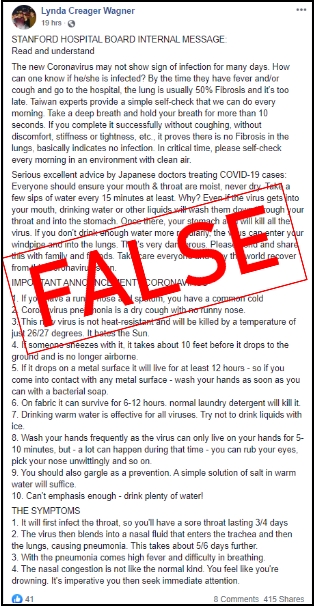
The post goes something like this: People with coronavirus may not show symptoms for several days, but if you can comfortably hold your breath for more than 10 seconds, you’re probably not infected. You should sip water every 15 minutes to wash the virus into your stomach, where stomach acid kills it, to prevent the virus from entering your windpipe and lungs. And if you have a runny nose, you have a cold, not the coronavirus.
Most of this is false. Keep reading HERE.
More to come on how to prepare for this crazy time In business!



